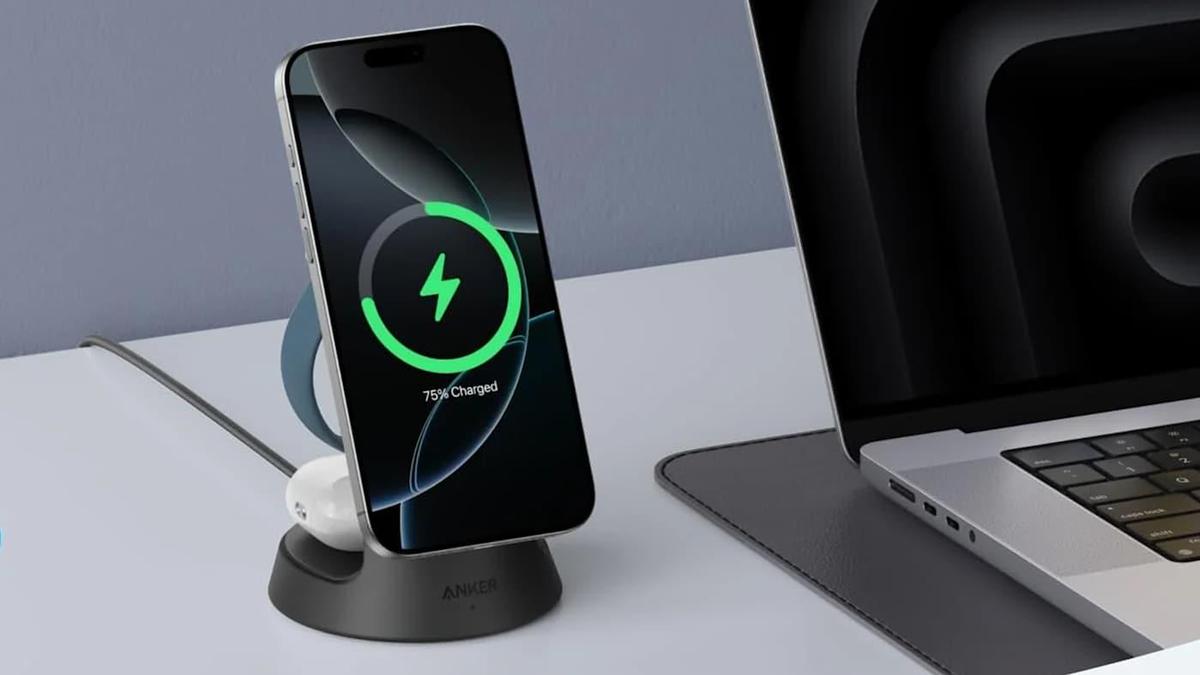Wimbledon’s AI Line Judges Face Criticism: A Faulty Call?
Wimbledon’s AI Line Judges Face Criticism: A Faulty Call?
Wimbledon, a tournament steeped in tradition, has embraced technology in recent years. This year marked a significant shift: the replacement of human line judges with an Electronic Line Calling (ELC) system powered by AI technology. While intended to improve accuracy and efficiency, the move has sparked controversy, with some players expressing concerns about the reliability of the new system. Let’s delve into the debate.
The Rise of AI in Tennis
For years, tennis has relied on human line judges to make crucial calls about whether a ball lands in or out of bounds. These decisions, made in real-time, can dramatically impact the outcome of a match. The introduction of AI-powered systems like ELC aims to eliminate human error and ensure fair play. The system uses multiple cameras to track the ball’s trajectory and determine its landing point with precision.
Why the Change?
The move to ELC was driven by several factors:
- Increased Accuracy: AI systems are theoretically more accurate than human eyes, reducing the likelihood of incorrect calls.
- Reduced Controversy: Eliminating human error minimizes arguments and disputes during matches.
- Enhanced Efficiency: The system provides instant feedback, speeding up the game and reducing delays.
- Cost Savings: In the long run, AI systems can be more cost-effective than employing numerous line judges.
Player Concerns: Is the AI Reliable?
Despite the potential benefits, some players have voiced concerns about the accuracy and reliability of Wimbledon’s new ELC system. The Telegraph reported that several players have criticized the AI, questioning its ability to accurately judge close calls, especially on grass courts where the ball can bounce unpredictably.
Specific Grievances
- Grass Court Challenges: The unique playing surface of grass courts presents challenges for AI systems. The low bounce and variations in the grass can affect the ball’s trajectory, making it difficult for cameras to track accurately.
- Lack of Human Intuition: Some argue that human line judges possess an intuition and understanding of the game that AI cannot replicate. They can consider factors like the player’s movement and the ball’s spin to make more informed decisions.
- Absence of Challenge System: Without human line judges, the traditional challenge system is altered. Players must now rely solely on the AI’s judgment, which can be frustrating if they believe the system made an error.
The Future of Line Judging: A Hybrid Approach?
While the transition to fully automated line judging has faced some resistance, it’s likely that AI technology will play an increasingly prominent role in tennis. However, the ideal solution may involve a hybrid approach that combines the strengths of both humans and machines.
Potential Solutions
- Enhanced AI Training: Improving the AI’s ability to analyze ball trajectories on grass courts is crucial. This could involve training the system with more data and developing algorithms that account for the unique characteristics of the surface.
- AI-Assisted Human Judges: Instead of replacing human line judges entirely, AI could be used to assist them in making calls. The system could provide real-time data and analysis, while the human judges would retain the final say.
- Improved Challenge System: Implementing a more robust challenge system that allows players to contest AI calls could address concerns about fairness and accuracy.
Actionable Takeaway
For those involved in developing and implementing AI systems in sports (or any field): Prioritize thorough testing and validation, especially in environments with unique challenges. Collect feedback from users and stakeholders to identify areas for improvement and ensure that the technology meets their needs and expectations. Transparency in how the AI makes decisions can also build trust and acceptance.

FAQ: AI in Tennis
Q: Is AI line judging perfectly accurate? A: While AI aims for higher accuracy, it’s not infallible. Challenges remain, especially on grass courts.
Q: Will human line judges disappear from tennis completely? A: It’s unlikely in the near future. A hybrid approach combining AI and human judgment is more probable.
Q: What are the benefits of using AI in tennis? A: Potential benefits include increased accuracy, reduced controversy, enhanced efficiency, and long-term cost savings.
Key Takeaways
- Wimbledon’s adoption of AI line judges has sparked debate regarding accuracy and reliability.
- Grass courts present unique challenges for AI systems due to unpredictable ball bounces.
- A hybrid approach, combining AI with human oversight, may be the optimal solution for line judging in tennis.
- Thorough testing and user feedback are crucial for successful AI implementation in any field.
Source: TechCrunch



